The Evolution of Branding: From Ancient Symbols to Digital Identities
Branding is all around us – from the Nike swoosh to Coca-Cola’s timeless red cans. But the concept of branding goes back much further than modern logos and jingles; it’s rooted in ancient traditions that evolved across centuries. Today, branding is a holistic process that builds emotional connections and creates memorable experiences, and it continues to change as consumers and technologies shift. Let’s dive into the fascinating history behind branding, tracing it from ancient marks of ownership to today’s digital world.
BRANDING AND DESIGN
10/31/20244 min read
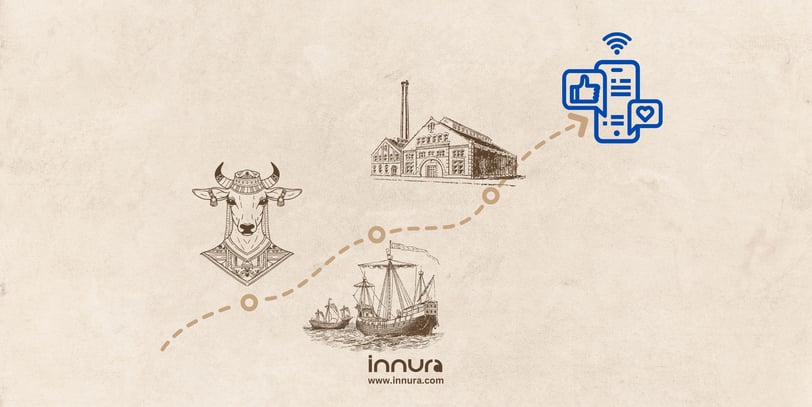

Ancient Beginnings: Symbols of Ownership and Identity
The earliest forms of branding date back thousands of years when ancient civilizations began using symbols to indicate ownership and origin. In ancient Egypt, cattle were branded with hot irons to prevent theft and mark ownership. Meanwhile, artisans in ancient Greece and Rome marked their pottery, tools, and jewelry with unique symbols or initials that indicated quality craftsmanship and origin.
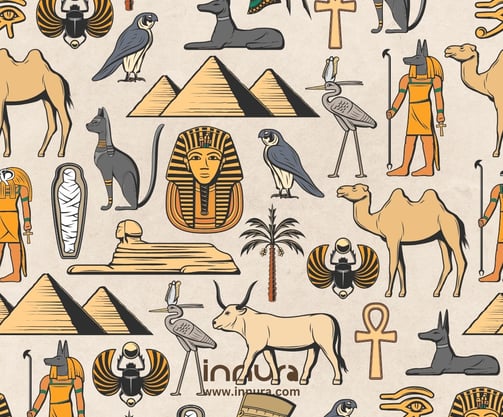

Religious symbols and cultural emblems were also common, appearing on shields, temples, and artifacts. In many ways, these symbols were the first “brands,” giving people a way to signify identity, craftsmanship, and allegiance to a community or belief system.
The Industrial Revolution: The Rise of Mass-Produced Brands
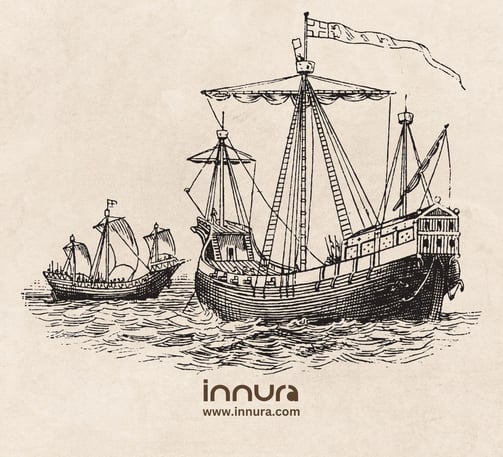

During the Middle Ages, as trades and skills became more specialized, craftsmen formed guilds. These guilds, in places like medieval Europe, established strict standards to ensure the quality and consistency of goods like textiles, bread, and ironwork. Members of these guilds began to use unique marks or “signatures” to distinguish their products, setting an early precedent for today’s trademarks.
Heraldry also emerged during this time, with noble families, cities, and organizations adopting coats of arms. These symbols represented lineage, status, and reputation, and they were closely associated with the values and identity of those who bore them.
The Middle Ages: Guild Marks and Heraldic Symbols
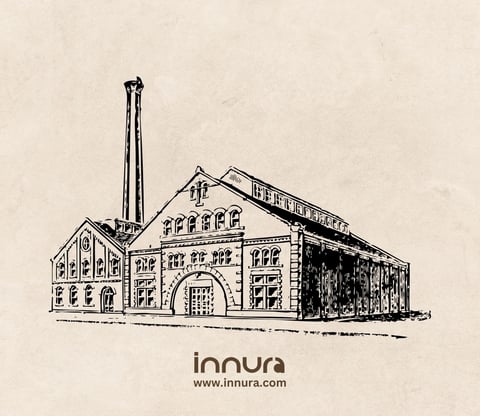

The Industrial Revolution in the 18th and 19th centuries brought sweeping changes to the way products were manufactured and distributed. For the first time, companies could produce goods on a large scale and ship them across national and international borders. However, with mass production came the challenge of distinguishing one product from another.
To stand out in a crowded marketplace, companies began using labels, logos, and unique names on their products. In 1876, the U.S. enacted its first trademark laws, protecting brand names and symbols from imitation. Early brands like Colgate (1806), Quaker Oats (1877), and Coca-Cola (1886) became pioneers in what we recognize as modern branding. Their names and labels assured customers of a consistent experience, building trust across wide geographic areas.
The Modern Advertising Era: Creating Brand Personalities
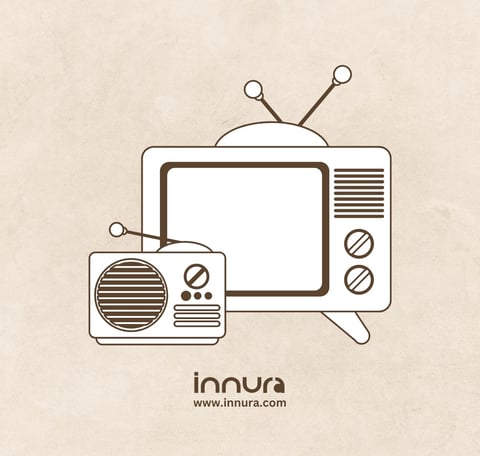

In the early to mid-20th century, as radio and television entered people’s homes, companies found new ways to connect with consumers. Brands like Procter & Gamble and General Electric went beyond mere logos and packaging – they created brand personalities, using storytelling and slogans to develop memorable brand identities.
During the 1950s and 1960s, psychology started to play a bigger role in branding, as advertisers tapped into colors, slogans, and mascots to spark emotional responses. Coca-Cola, for instance, positioned itself as a symbol of happiness, friendship, and togetherness, famously connecting its brand with the joy of sharing a Coke. Brands became symbols not just of products, but of values and emotions.
The Digital Age: Direct-to-Consumer and Social Media
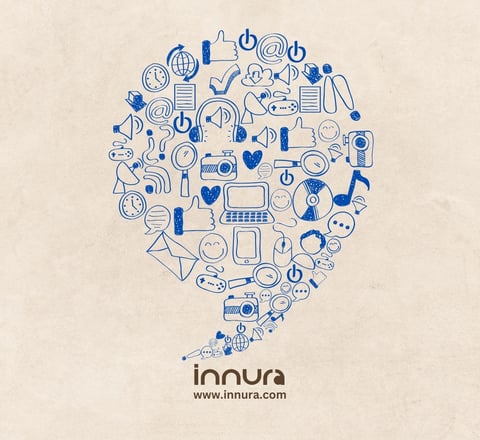

With the rise of the internet in the late 20th century, the relationship between brands and consumers changed again. Companies gained the ability to reach customers directly, and branding moved online with the launch of websites, email marketing, and later, social media. Today, branding is no longer a one-way communication – it’s a conversation. Social media allows companies to interact with consumers in real-time, creating a more dynamic and responsive brand experience.
This digital revolution also led to the rise of personal branding, with individuals positioning themselves as influencers, thought leaders, and lifestyle icons on platforms like Instagram, YouTube, and LinkedIn. Suddenly, anyone with an online presence could cultivate a brand and engage with a global audience.
Purpose-Driven Branding: Aligning with Values


In recent years, consumers have increasingly looked to brands that share their values, creating demand for purpose-driven branding. Shoppers are now more likely to support brands that prioritize authenticity, transparency, and social responsibility. Companies like Patagonia and Ben & Jerry’s are known for advocating environmental and social causes, building trust and loyalty by aligning their brand identity with issues that resonate with their audience.
Today, the most successful brands are those that reflect the values and beliefs of their consumers. Authenticity is key, and companies are expected to “walk the talk,” holding themselves accountable for the promises they make.
Where We Are Today: Branding as an Experience
The history of branding shows us that it’s about more than just a name or logo; it’s about creating trust, telling a story, and building a memorable experience. Modern branding combines elements of identity, community, and purpose, connecting with consumers on an emotional level. With new technologies emerging every day, the future of branding will continue to evolve – but one thing is clear: brands that can tell meaningful stories and align with their audience’s values will stand the test of time.
From cattle brands in ancient Egypt to purpose-driven companies in the digital age, branding has always been a powerful way to connect people to products, values, and stories. As we move forward, the key to successful branding will be staying authentic, adaptable, and connected with what people care about most.
Stay Connected
Explore
Testimonials
Services
Get in Touch
Careers
Legal
© 2024 innura.com. All rights reserved.






